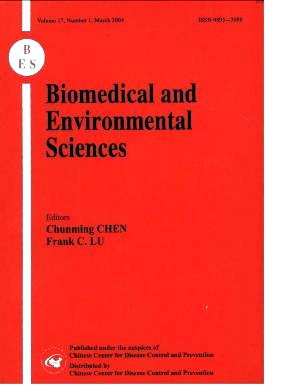Genotoxicity of Pesticide Waste Contaminated Soil and Its Leachate
-
Key words:
- Genotoxicity /
- Soil extract /
- Leachate /
- DNA strand break /
- Chromosomal aberration /
- Gas chromatography mass spectrometery (GC-MS) /
- Fluorimetric analysis of DNA unwinding assay (FADU)
Abstract: Improper land disposal of hazardous waste can result in leaching of hazardous constituents which may contaminate ground and surface water leading to adverse impact on human health and environment consequences. The present study utilized mammalian cell culture for the genotoxicity assessment of waste and its leachate. Methods Genotoxic potential and chemical analysis of pesticide derived tarry waste contaminated soil extract and its leachate was assessed using in vitro human lymphocyte cultures and GC-MS. Results The investigation revealed that the soil extract could cause significant to highly significant genotoxicity in the form of DNA strand break at 25 μL (P<0.01), 50 μL, 100 μL and 200 μL (P<0.001) and chromosomal aberration at 25 μL (P<0.01) and 50 μL and 100 μL (P<0.001). The leachate could cause significant DNA strand break and chromosomal aberration only at 100 μL and 200 μL (P<0.01) dose levels. Conclusion The genotoxicity observed is attributed to carbaril and tetra methyl naphthyl carbamate, the major ingredients of the extracts, as revealed by GC-MS.
| Citation: | S.D.SIVANESAN, K.Krishnamurthi, S.D.WACHASUNDER, T.CHAKRABARTI. Genotoxicity of Pesticide Waste Contaminated Soil and Its Leachate[J]. Biomedical and Environmental Sciences, 2004, 17(3): 257-265. |







 Quick Links
Quick Links
 DownLoad:
DownLoad: